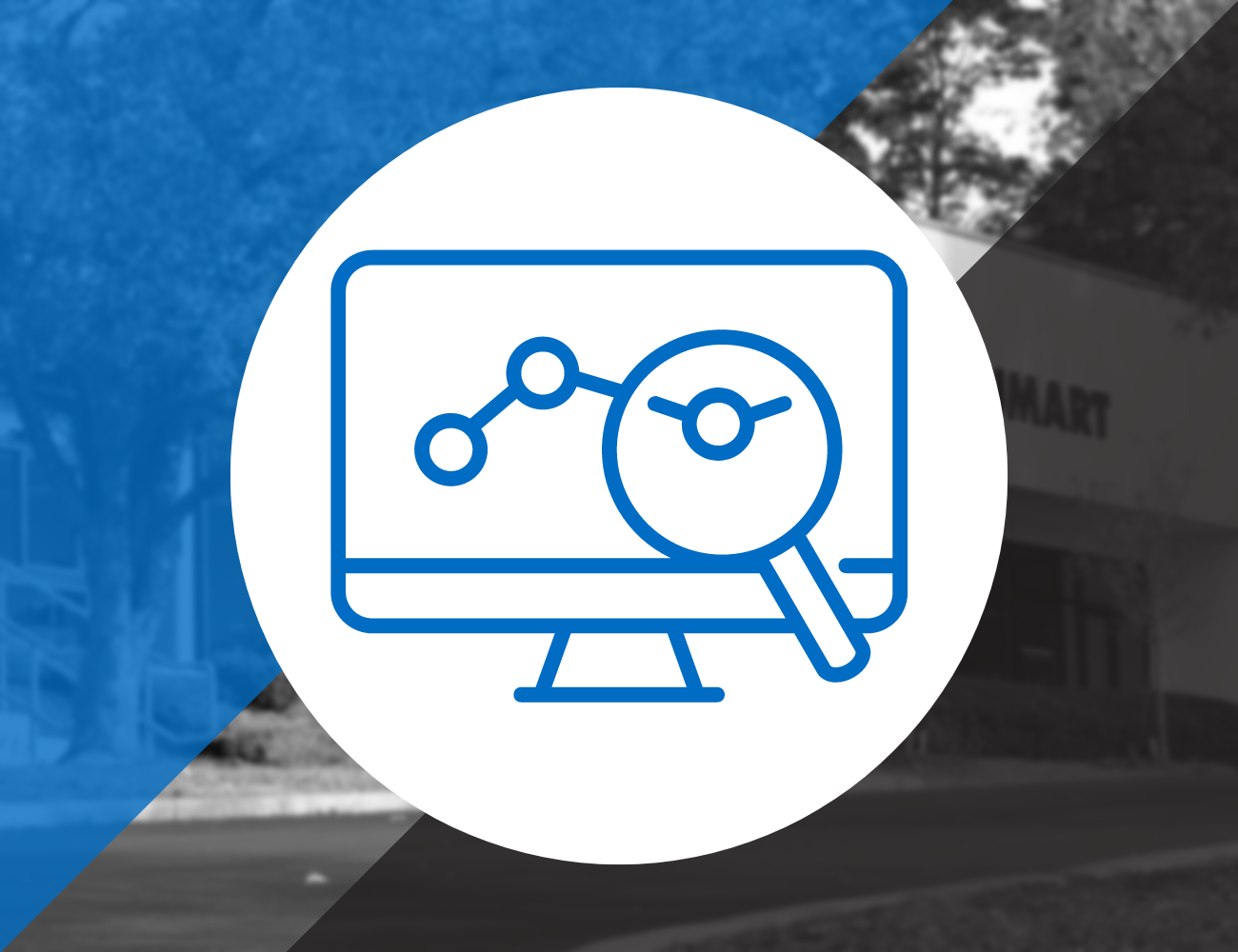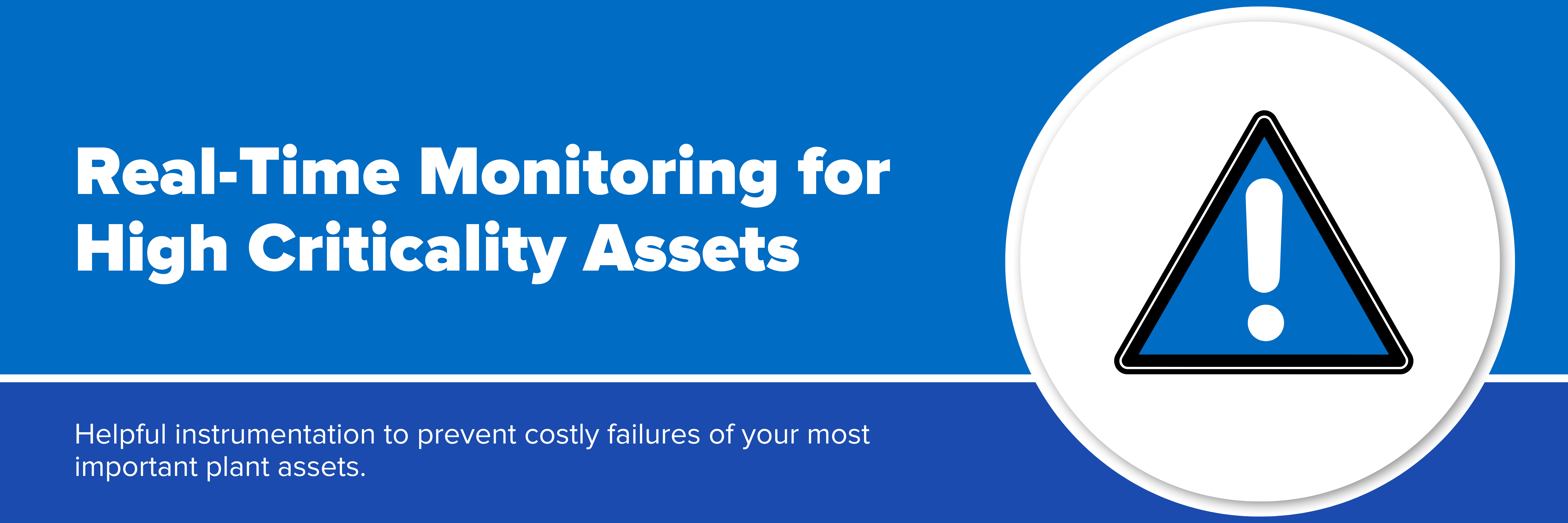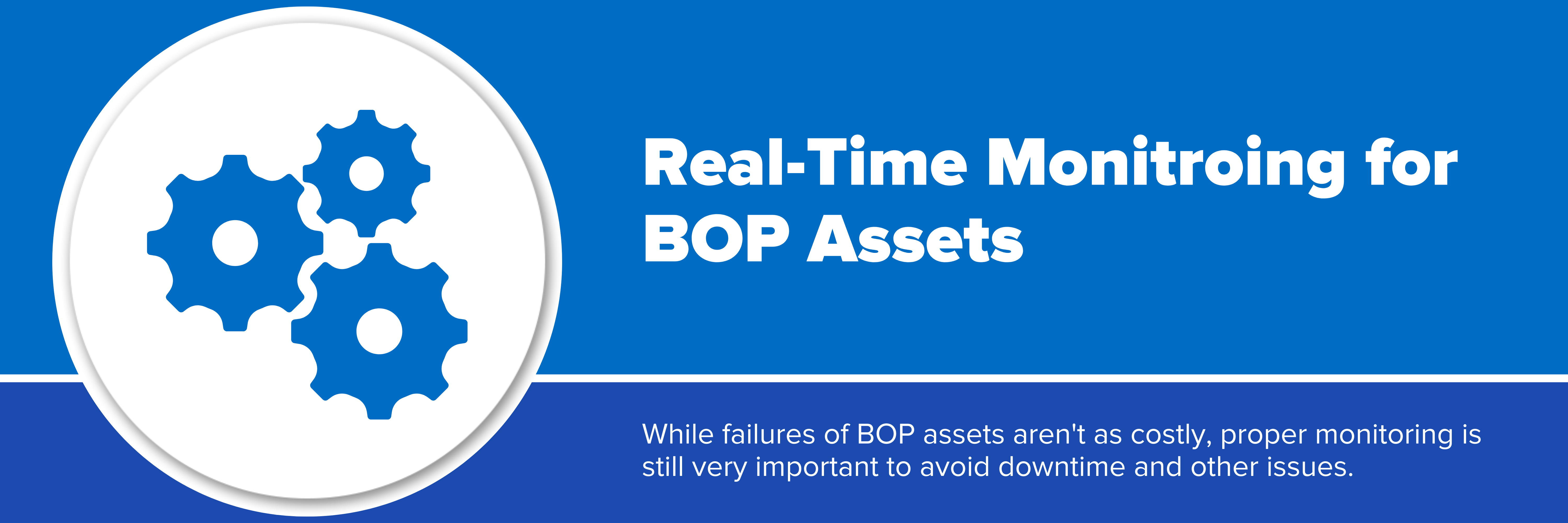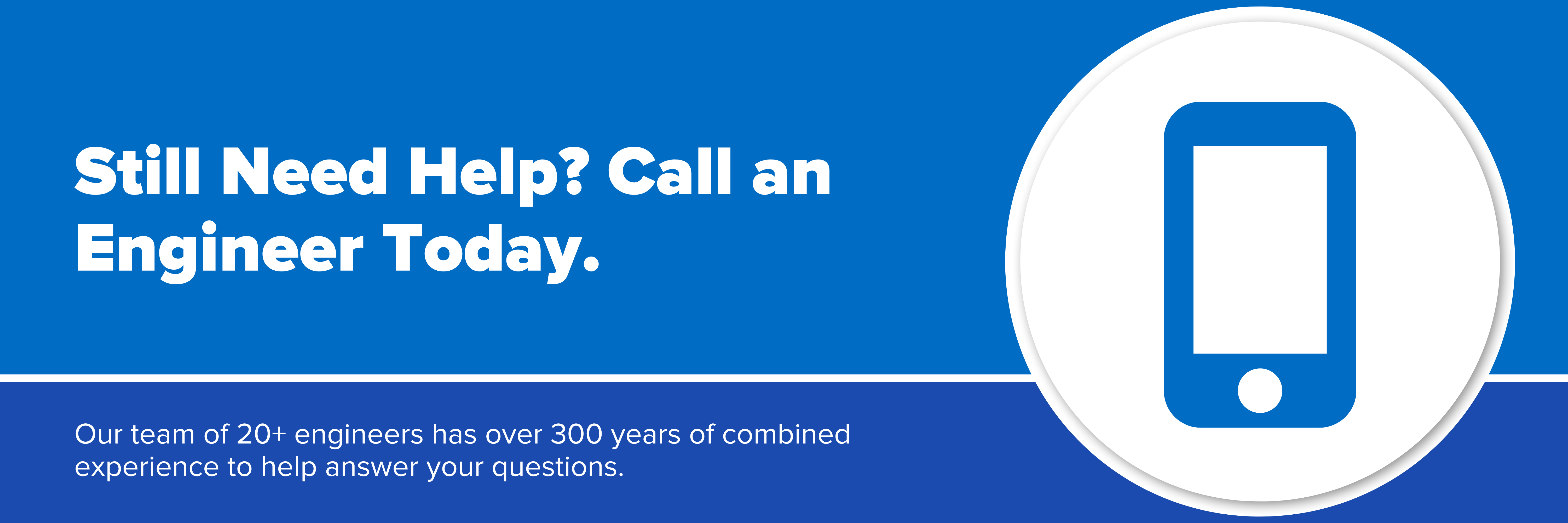Reliability Centered Maintenance - Lesson 2: Real-Time Monitoring

Now that you have decided to make the move to condition-based monitoring, where do you start? Lesson one of this series ended with a note about the importance of criticality assessments, a process through which you identify assets in your facility as “highly critical”. These machines could be designated as such for a number of different reasons. Some of these include high capital cost, significant loss of production, environmental or safety risks, cost of repair, and/or difficulty to get parts. You will want to start your reliability program with these highly critical assets and, most likely, they will require real-time monitoring solutions. In lesson two of our reliability-centered maintenance series, we’ll be discussing the what, where and hows of approaching real-time monitoring solutions.

Real-Time Monitoring 101:
Let’s start with a quick overview. Real-time monitoring (often referred to as online monitoring) simply means that the machine utilizes permanently mounted sensors reporting to a control system 24/7. There are two purposes for real-time monitoring solutions: protection and condition monitoring. Protection implies that not only are the sensors sending data to the control system in real-time but that the control system has the capability to shut the machine down should vibration levels exceed predetermined thresholds. Condition monitoring systems allow the user to see the data trend over a period of time. Often, protection systems also have the capability to be used as condition monitoring systems when used with the appropriate software.
There are two requirements for any vibration monitoring solution to be considered for protection purposes. First, the measurements must be taken in real-time. Some machines have failure mode time frames on the order of seconds (or even milliseconds). If there is any latency between the signal and the control functionality, the failure could be catastrophic. Second, the controls must have shutdown capability. If there is a manual element to shutting the machine down it can’t technically be called a protection system.

Real-Time Monitoring for High Criticality Assets:
Bently Nevada offers multiple options for machinery protection systems. If you need to meet API requirements (670, 617, 613 to name a few) your options will be limited to the 3500, or possibly the ADAPT. If you do not need to meet API specifications, you can also use the 2300/20 or the 1900/65A. All of these monitoring systems meet both requirements for a protection system: real-time monitoring and relays with shutdown capabilities.
When looking at the highest criticality equipment in your plant, be it a gas turbine, steam turbine, reciprocating compressor, or another high-value asset, there is a good chance that the OEM has supplied the machine with a Bently Nevada 3500 Machinery Protection System. Bently has sold over eighty thousand 3300 & 3500 racks globally and this system continues to be the gold standard for critical asset protection. The rack-based system can be configured with nearly any combination of “modules” or “cards” depending on the application requirements. These modules can accept inputs from nearly any type of sensor including vibration, temperature, pressure, and many application-specific modules for machines such as reciprocating compressors and aero-derivative gas turbines. When configured with relays, the 3500 can be considered a protection system. With the addition of software (System 1 Evolution), the 3500 becomes part of a very powerful condition monitoring solution.
The Bently Nevada ADAPT 3701/40 Machinery Dynamics Monitor can accept up to two six-channel modules for vibration inputs only. There are various module types depending on the type of vibration sensor being used. Each module also has a Keyphasor input for speed and phase reference (which allows for filtering capability). The ADAPT does not come with any analog outputs. Instead, the unit has Modbus TCP/IP over Ethernet for pulling scalar values into your DCS, or for full analysis capability when combined with System 1 Evolution. In addition to the two input modules, the ADAPT also has a slot for an eight-channel programmable relay card for protection purposes.

Real-Time Monitoring for Balance of Plant (BOP) Assets:
As you move down the criticality pyramid, you’ll find your balance of plant (BOP) class of assets. These are the pumps, fans, and motors that keep your plant humming. Failure of these assets isn’t quite as costly as your high criticality assets but these machines are certainly worth monitoring. Depending on the type of asset, failure mode, cost of downtime, etc., these machines could fall under the real-time monitoring category or the periodic monitoring category. If protection is a concern, to reiterate what I mentioned earlier: the machine must have a real-time monitor with the ability to initiate a shutdown should a threshold be reached.
The Bently Nevada 2300 Series Vibration Monitor is a two-channel monitor for vibration sensor inputs only. The 2300/20 represents an excellent value and is available as either a standalone monitor, or in various kit combinations including sensors, cables, and housing options. This monitor has two analog outputs, two programmable relays, and Modbus output for use with your DCS or System 1 just as with the ADAPT. The 2300/20 has a speed input but it cannot be used for phase reference or filtering.
The Bently Nevada 1900/65A General Purpose Equipment Monitor is also used for BOP assets and is a great option when your application requires temperature measurement. In addition to four vibration inputs, the 1900/65A also has four temperature inputs. This unit has four analog outputs (any of the eight channels) and six programmable relays. Additionally, Modbus is available as an option but is not standard. Note: This unit does not have System 1 connectivity as an option.
As you can see, there are many options available from Bently Nevada for real-time monitoring solutions. Each option has its own set of strengths. If you have any questions about which option represents the best fit for your application, please do not hesitate to contact us.
In the next lesson, we will move further down the criticality pyramid to discuss scanning or surveillance systems that will be used on less critical balance of plant assets. This will include route-based monitoring and wireless solutions.

Still Need Help? Call an Engineer Today
If this post still leaves you wondering what type of industrial instrumentation would work best for your application, our engineers would be happy to help you. Give them a call at 1-800-884-4967. Or, you can shop for a wide range of industrial instrumentation from top brands and even configure your product online. We offer free lifetime tech support with every product sold.









